
WEBETTER Airstream cocina móvil remolques de comida totalmente equipados Remorque móvil Pizza camiones de comida rápida con cocina completa para la venta

Camión móvil estándar de EE. UU. Para comida, carro móvil para comida, helados, remolque, crepé, a la venta, 2020

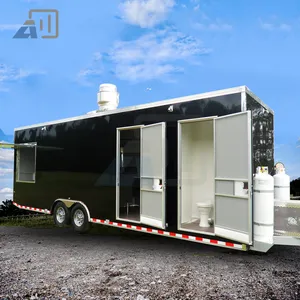
Remolques de cocina móviles personalizados, productos de cocina totalmente equipados, para aperitivos, comida, camión, Pizza, café, Carts de comida, a la venta


Parrilla de Pizza y barbacoa para cocina al aire libre, parrilla Modular sin montar para jardín, cocina al aire libre


Asequible 4m completamente equipada camión de comida EE. UU. Personalizado remolque de comida con cocina completa, equipos


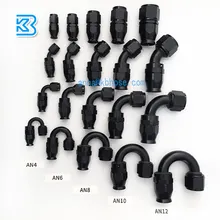

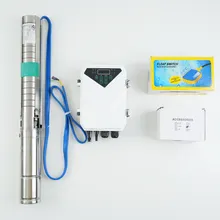


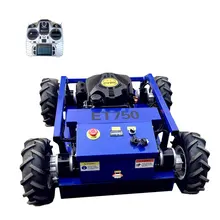


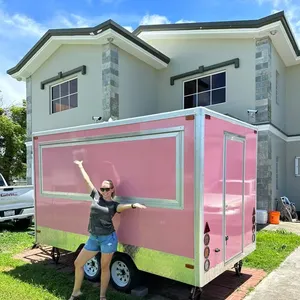
























 浙公网安备 33010002000092号
浙公网安备 33010002000092号 浙B2-20120091-4
浙B2-20120091-4